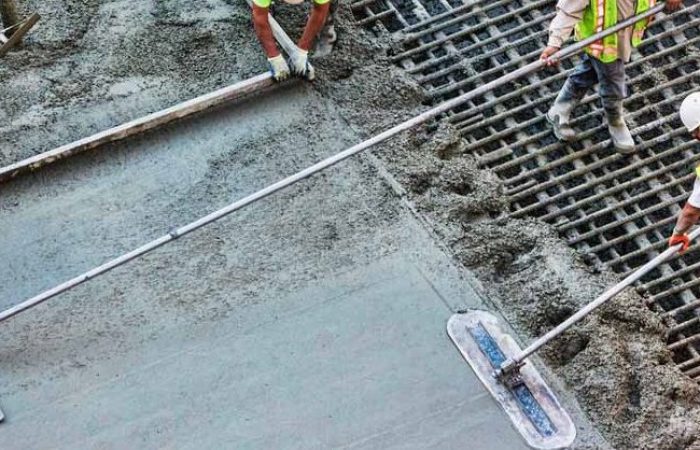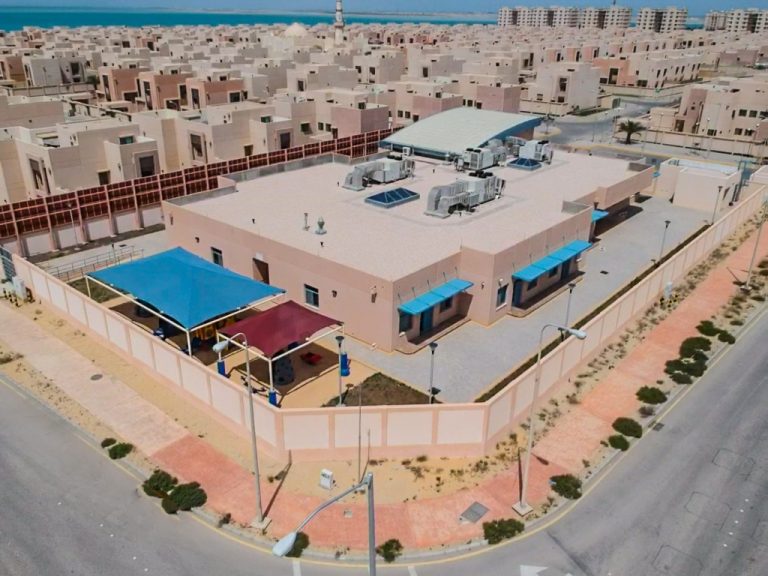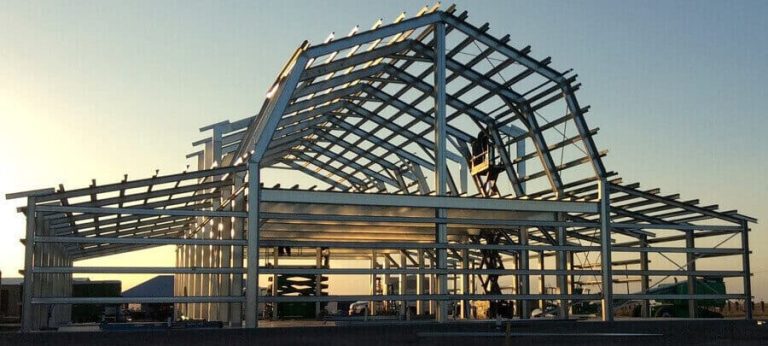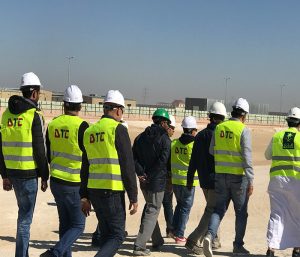Concrete is the backbone of modern construction, known for its strength, durability, and versatility. From skyscrapers to roads, concrete plays a critical role in shaping our cities. In this guide, we’ll dive deep into the essentials of concrete construction, covering everything from materials and techniques to innovations transforming the industry today. Whether you’re a contractor, builder, or just curious, there’s something for everyone.
Understanding Concrete Construction
Concrete construction is the process of combining cement, water, aggregates, and other materials to create structures that stand the test of time. It’s used in everything from foundations and floors to bridges and highways. Concrete’s ability to withstand harsh weather conditions, support heavy loads, and last for decades makes it the go-to material for builders worldwide.
A Brief History of Concrete
Concrete has been used for centuries. Ancient Romans were among the first to develop and use concrete on a large scale, crafting structures like the Pantheon and aqueducts. Their secret? A mix of lime, volcanic ash, and aggregates. The modern version of concrete began evolving in the 19th century with the invention of Portland cement, which revolutionized the way we build.
Types of Concrete and Their Uses
- Portland Cement Concrete: The most common type, ideal for everything from residential homes to industrial complexes.
- High-Strength Concrete: Used in skyscrapers and bridges where strength is crucial.
- Lightweight Concrete: Perfect for structures where reducing weight is important, such as high-rise buildings.
- Decorative Concrete: Enhances aesthetics with textures, colors, and patterns, often used in walkways or patios.
Each type of concrete serves a specific purpose, and knowing when to use each is essential to ensure the structure’s success.
The Importance of Concrete Mix Design
The key to creating durable concrete lies in the mix. It’s all about balance. A typical concrete mix includes:
- Cement: The binder that holds everything together.
- Water: Activates the cement, allowing it to harden.
- Aggregates: Sand, gravel, or crushed stone that adds strength and bulk.
Mixing these ingredients in the correct proportions ensures the concrete has the right properties, like strength and workability, for the project. For instance, adding too much water can weaken the concrete, while too little water can make it difficult to pour and shape.
Reinforcement: Making Concrete Stronger
While concrete is strong in compression, it’s weak in tension. This is why most concrete structures use steel reinforcement (rebar) to provide extra tensile strength. Reinforced concrete is essential for bridges, roads, and buildings that experience dynamic loads.
In addition to steel, fiber reinforcement can be used for applications where crack resistance and flexibility are essential, such as in slabs and floors.
Placing and Finishing Concrete
Once the concrete mix is ready, it’s time to place it into forms (molds). This process requires precision, as improper placement can lead to cracks or uneven surfaces. After placement, finishing involves smoothing and shaping the surface to achieve the desired look and texture. Techniques like troweling or floating are often used to create smooth or patterned surfaces.
Curing Concrete for Durability
Curing is one of the most critical steps in concrete construction. Proper curing ensures that the concrete reaches its full strength. Typically, this involves keeping the surface moist and protected from harsh weather for a period of time, usually about 28 days. Improper curing can result in weak, cracked concrete that won’t last.
Troubleshooting Common Concrete Problems
Despite its durability, concrete can sometimes face problems:
- Cracking: Often caused by improper curing or excessive water in the mix.
- Spalling: Surface flaking due to freeze-thaw cycles or poor installation.
- Scaling: Surface peeling, often due to exposure to de-icing chemicals.
Knowing how to address these issues quickly ensures that the structure remains safe and functional.
Sustainability in Concrete Construction
The construction industry is evolving to become more eco-friendly, and concrete is no exception. Using recycled materials, reducing water consumption, and recycling old concrete are just a few ways the industry is reducing its environmental footprint. There’s also a push toward developing low-carbon cement to reduce the greenhouse gas emissions associated with traditional cement production.
Decorative Concrete: Adding Beauty to Functionality
Concrete doesn’t have to be dull. Stamped, stained, and polished concrete options are now available for builders looking to add a decorative touch to their projects. Whether you’re working on a residential patio or a commercial space, decorative concrete offers endless design possibilities.
Concrete in Specialized Applications
Concrete is more than just for sidewalks or buildings. It’s used in unique structures like:
- Bridges: Where durability and strength are critical.
- Dams: To control water flow and withstand immense pressure.
- High-Rise Buildings: Where lightweight, high-strength concrete helps achieve towering heights.
Safety in Concrete Construction
Concrete work comes with its hazards, from dust exposure to heavy machinery. Wearing protective gear, using proper ventilation, and following safety protocols are essential to prevent accidents.
The Future of Concrete Construction
Concrete continues to evolve. Emerging trends like 3D-printed concrete and self-healing concrete promise to make construction faster and more sustainable. These innovations are setting the stage for a future where structures are built faster, last longer, and have a reduced environmental impact.
Conclusion: Building for the Future
Concrete is at the heart of modern infrastructure, and mastering its use can lead to stronger, more sustainable structures. Whether you’re a builder, contractor, or designer, understanding concrete’s properties, applications, and advancements will help you stay ahead in the construction industry. By focusing on innovation and sustainability, you’re not just building structures—you’re building the future.














